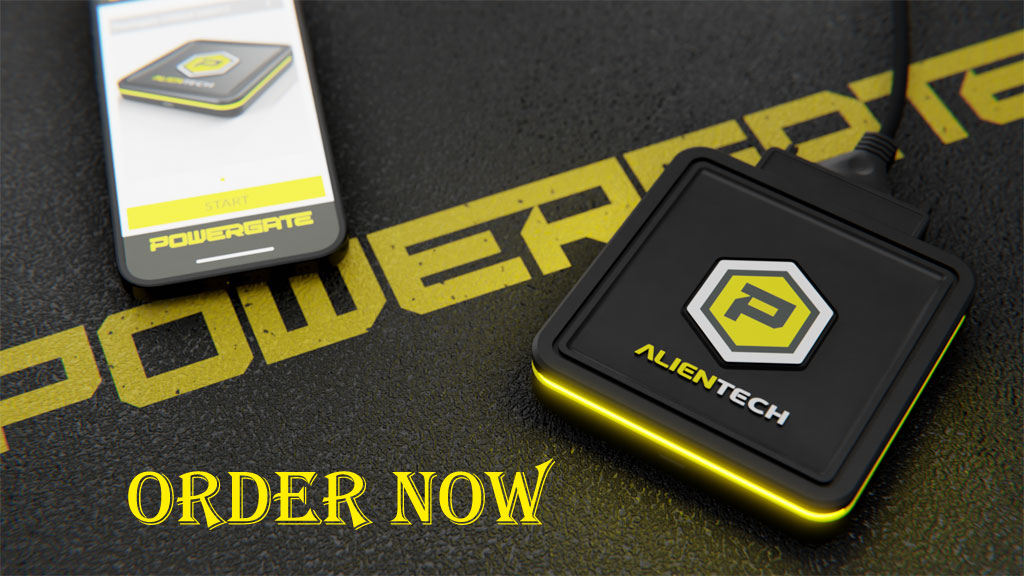
Solenoid or piezoelectric valves make possible fine electronic control in excess of the fuel injection time and quantity, and the top pressure that the ordinary rail technology makes available provides better fuel atomisation. In order to minor engine noise, the engine’s electronic control unit can inject a small amount of diesel just before the main injection event (“pilot” injection), therefore reducing its explosiveness and vibration, as well as optimising injection timing and quantity for variations in fuel quality, cold starting and so on. Several advanced common rail fuel systems perform as many as five injections per stroke.
General rail engines require very short (< 10 second) or no heating-up time at all, dependent on ambient temperature, and produce lower engine noise and emissions than older systems.
Diesel engine has traditionally used different forms of fuel injection. Two regular types include the unit injection system and the distributor/inline pump systems. As these big systems provided perfect fuel quantity and injection timing control, they were limited by some factors:
- They were cam driven, and injection pressure was comparative to engine speed. This classically meant that the top injection pressure could only be achieved at the top engine speed and the maximum achievable injection pressure decreased as engine speed decreased. This relationship is true with each and every pump, even those used on common rail systems; with the unit or distributor systems, though, the injection pressure is tied to the instantaneous pressure of a single pumping event with no accumulator, and therefore the relationship is more prominent and troublesome.
- They were limited in the number and timing of injection events that could be commanded during a single combustion event. As multiple injection events are possible with these older systems, it is a lot more difficult and costly to achieve.
- For the usual distributor/inline system, the start of injection occurred at a pre-determined pressure finished at a pre-determined pressure. This characteristic resulted from “dummy” injectors in the cylinder head which opened and closed at pressures determined by the spring pre-load applied to the plunger in the injector. Once the pressure in the injector reached a pre-determined level, the plunger would pick up and injection would start.
Article Reference
